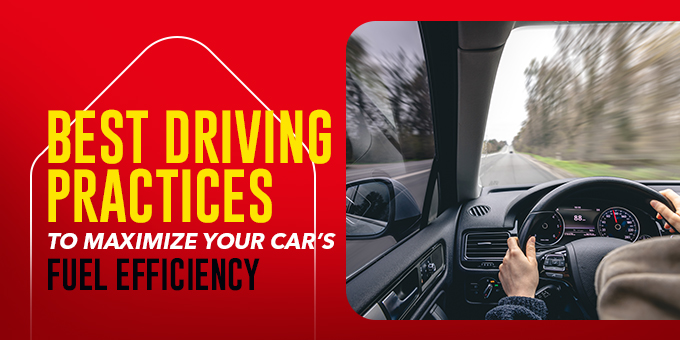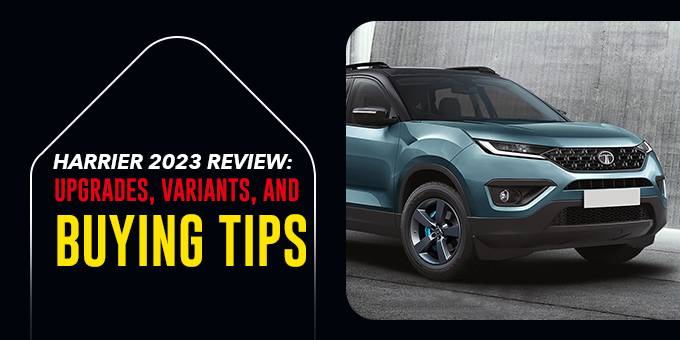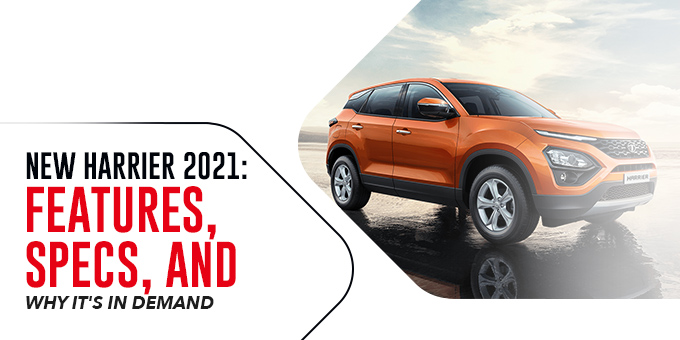Whether you're commuting daily, embarking on long road trips, or simply navigating your city streets, how you drive directly impacts how much fuel your car consumes. While fuel prices continue to rise and environmental concerns grow, learning how to maximize fuel efficiency has never been more important.
In this comprehensive guide, we’ll explore the best driving tips for fuel economy, examine the science behind fuel consumption, and offer practical solutions on how to improve car mileage—without sacrificing comfort or performance.
Maintain a Smooth and Steady Speed
Avoid Rapid Acceleration and Braking
Driving smoothly is one of the best strategies to increase fuel efficiency. Many drivers underestimate the fuel cost of aggressive driving. Frequent acceleration followed by sudden braking burns more fuel than you might expect.
Instead, maintain a consistent speed whenever possible. On highways, use cruise control to help control your speed and avoid needless throttle movements. Moreover, it will not only help save gas but also help keep the brakes running smoothly.
Tip: Studies show that driving smoothly can lead to a better fuel economy, up to 33% on highways and 5% in urban settings.
Observe Speed Limits
Slower Doesn’t Always Mean Less Efficient—But Balance Is Key
Speeding is a surefire way to waste fuel. For instance, most vehicles reach peak fuel efficiency at speeds between 45 and 65 mph (70 to 105 km/h). Beyond that range, your engine must work harder to combat wind resistance, burning significantly more fuel.
By simply reducing your speed from 75 mph to 65 mph, you can see a noticeable improvement in mileage. So, obeying speed limits isn’t just about safety—it’s about saving fuel, too.
Pro Insight: Every 5 mph over 60 mph is like paying an extra $0.20 per gallon due to increased fuel use.
Avoid Idling for Longer
Turn the Engine Off When Parked
Despite what many people think, restarting your vehicle uses less fuel than idling. In fact, idling for more than 30 seconds can use more fuel than turning the engine off and back on.
Therefore, if you’re waiting to pick someone up or sitting in a drive-thru for an extended period, turn off your engine. Modern vehicles are designed to restart efficiently, and you’ll preserve both fuel and the environment.
Remember: Idling gets you 0 miles per gallon!
Ensure Proper Inflation in Tires
Underinflated Tires Enhance Rolling Resistance
Tire pressure plays a critical role in improving car mileage. Underinflated tires increase rolling resistance, which puts more pressure on the engine and burns more fuel. Furthermore, it can also reduce safety and cause uneven wear and tear.
As a result, it is important to maintain tire pressure monthly as well as before long trips. Furthermore, always follow the manufacturer’s recommended PSI levels, typically found in the car manual.
Bonus Tip: Invest in a quality tire pressure gauge or a digital tire inflator for convenience.
Lighten the Load
Only Load Necessary Items
Carrying excess weight significantly reduces your vehicle’s efficiency. For every extra 100 pounds in your car, fuel efficiency can drop by about 1%—especially in smaller vehicles.
Therefore, unload any needless items from the trunk or backseat. Likewise, roof racks and cargo carriers increase wind resistance and can reduce fuel economy by up to 25% on highways. Only use them when necessary.
Efficiency Tip: Streamline your vehicle’s exterior and lighten the load to boost performance.
Smartly Plan Trips
Combine Errands To Make One Trip
Cold engines use more fuel. Therefore, by making one long trip instead of several short ones, you decrease the number of times your engine has to warm up, thereby improving overall fuel efficiency.
Use apps or GPS to map out the most efficient route. Avoid traffic congestion, construction zones, and frequent stoplights whenever possible.
Planning Saves: Strategic trip planning can lessen fuel usage by nearly 10%.
Limit Using Air Conditioning and Other Accessories
Climate Control Comes at a Cost
While a comfortable cabin is essential, running the air conditioner places extra load on the engine, especially at lower speeds or when idling. This can negatively impact fuel economy. However, AC usually has a minimal impact on fuel efficiency in most modern cars.
At slow speeds, you can open your windows for ventilation. However, at higher speeds (especially on highways), rolled-down windows can increase drag—so using the A/C sparingly becomes the better option.
Use the Right Engine Oil
Stick to Manufacturer Recommendations
Using engine oil with the wrong viscosity can lead to more friction and fuel consumption. Therefore, refer to the owner's manual to choose the right oil grade.
Look for oils labeled “Energy Conserving” or “Fuel Saving.” These formulations contain friction-reducing additives that enhance efficiency.
Oil Smarts: Regular oil changes using the correct grade contribute to better engine performance and fuel economy.
Perform Regular Vehicle Maintenance
Healthy Engine = Efficient Engine
A well-maintained engine runs cleaner, smoother, and more efficiently. Ignoring routine maintenance, like replacing air filters, spark plugs, or fuel filters, can cause a noticeable drop in fuel economy.
Adopt the following habits:
- Change your air filter frequently
- Keep spark plugs in good condition
- Use high-quality fuel
- Clean the fuel injectors periodically
Maintenance Pays Off: A poorly maintained vehicle can consume up to 30% more fuel than one in good condition.
Opt for Fuel-Efficient Driving Modes (If Available)
Use “Eco” Mode for Daily Driving
Many modern cars come with various driving modes, such as Eco, Comfort, or Sport. When your goal is to maximize fuel efficiency, choose Eco mode whenever possible.
This mode adjusts throttle sensitivity, air conditioning load, and transmission behavior to prioritize fuel savings over performance.
Efficiency Hack: Switching to Eco mode can lead to a 5–10% gain in fuel economy during city driving.
Avoid Overusing Cruise Control on Hilly Roads
Adapt Your Driving to Terrain
While cruise control is great on flat highways, it may not be ideal for hilly terrain. The system often accelerates aggressively uphill to maintain speed, which consumes more fuel.
In such situations, it’s better to take manual control, easing off the accelerator when going uphill and coasting down when possible.
Terrain Tip: Understanding how terrain affects your car’s fuel usage can lead to smarter driving decisions.
Warm Up the Engine the Right Way
No Need for Long Warm-Ups
Modern engines are designed to operate efficiently after just 30 seconds of idling. Allowing your vehicle to “warm up” for longer periods only wastes fuel.
Instead, start driving gently after 30 seconds. This enables the engine to operate naturally and warm up more rapidly.
Old Habit, New Thinking: Ditch the myth of long warm-ups for modern cars.
Conclusion: Drive Smart, Save Big
Learning how to improve car mileage doesn’t require complex changes. In fact, most improvements stem from conscious driving habits and regular maintenance. By applying these driving tips for fuel economy, you can easily maximize fuel efficiency, extend your vehicle’s lifespan, and reduce your carbon footprint.
Your pocket and the environment will both thank you!




